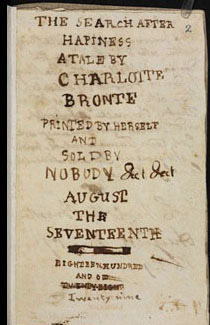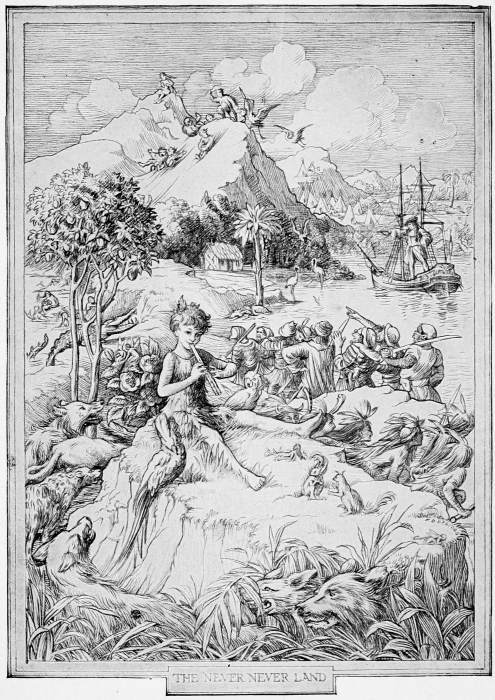Paracosms
Neverlands
Much of what seems most golden about the "golden age" of children's literature from the mid Nineteenth through the early Twentieth Centuries is its creation of magical, alternate realms: Wonderlands, Never Never Lands, Narnia, or the American Oz that might take you somewhere over the rainbow. The sense that children's literature should center on some special other place is closely tied to the idea of childhood itself as a special and protected realm, more imaginative and playful than adult daily life. The more, it seems, that grown-ups came to think of childhood as separate from the adult world the more they began to tell children stories about other worlds. If early children's books had been largely "useful" --moral and didactic-- by the late Nineteenth Century children's books were increasingly becoming places for fantasy. Historians of childhood tend to associate these fairly new ideas of children and of children's literature with urban affluence and the new kinds of more leisured, bookish, and cherished childhoods middle-class city children enjoyed. One of the interesting things about the Nelson brothers is that they still very much had working childhoods, not leisured ones. Nevertheless, despite all their farm labor, they had time for imaginative play and for a Never Land of their own fantasy creation.
This Nelson poem about farm work and play purports to be written by their fictional hero
William J. Little:
In Grandfarthers Barn
And now for a play in the hay in the barn
for play and work
we must never shirk
And for the Heffers
take the early cut hay
which is in the bay
and that for the oxen
take that on the long scaffold
and be care full
not to get that on the head scaffold
and for the sheep daisy and dover
get that mixed stuff of hay and clover
and our work is done and now for some fun
and play
in the hay
and build us a nest
in which to rest
WJL
(Horse Rase)

"The Search for Happiness"
written by Charlotte Brontë when she was 13.
Held by the British Library.
The Paracosms of Child Bookmakers
Many other children besides the Nelsons made their own books, and often making books and making worlds seem to come together. As scholar Christine Alexander explains this is one form of "play in literary culture... that is preeminent in childhood: namely, the creation of imaginary kingdoms or paracosms.... Imaginary kingdoms are alternative universes in miniature of the real literary, social and political world but also spaces for interpreting and playing out events and ideas circulating in the contemporary consciousness" (Alexander 92-94). The most well known creators of childhood literary paracosms are the Brontë siblings, who before they grew up to become important adult authors, produced an elaborate imaginary world of interlaced narratives inscribed in tiny home-made books. The Brontës' sagas of the imaginary lands of Angria and Gondal have much in common in their prolific and consistent detail with the Nelsons' "World." Interestingly, however, while the Brontës' paracosms really are "kingdoms" centered on royalty, the American Nelsons have created republics on their island continents governed by generals and presidents.
SOURCES
Christine Alexander, "Playing the Author: Children's Creative Writing, Paracosms, and the Construction of Family Magazines," Children, Childhood and Cultural Heritage edited by Kate Darian-Smith and Carla Pascoe (New York; Routledge, 2013) pp. 85-103.
